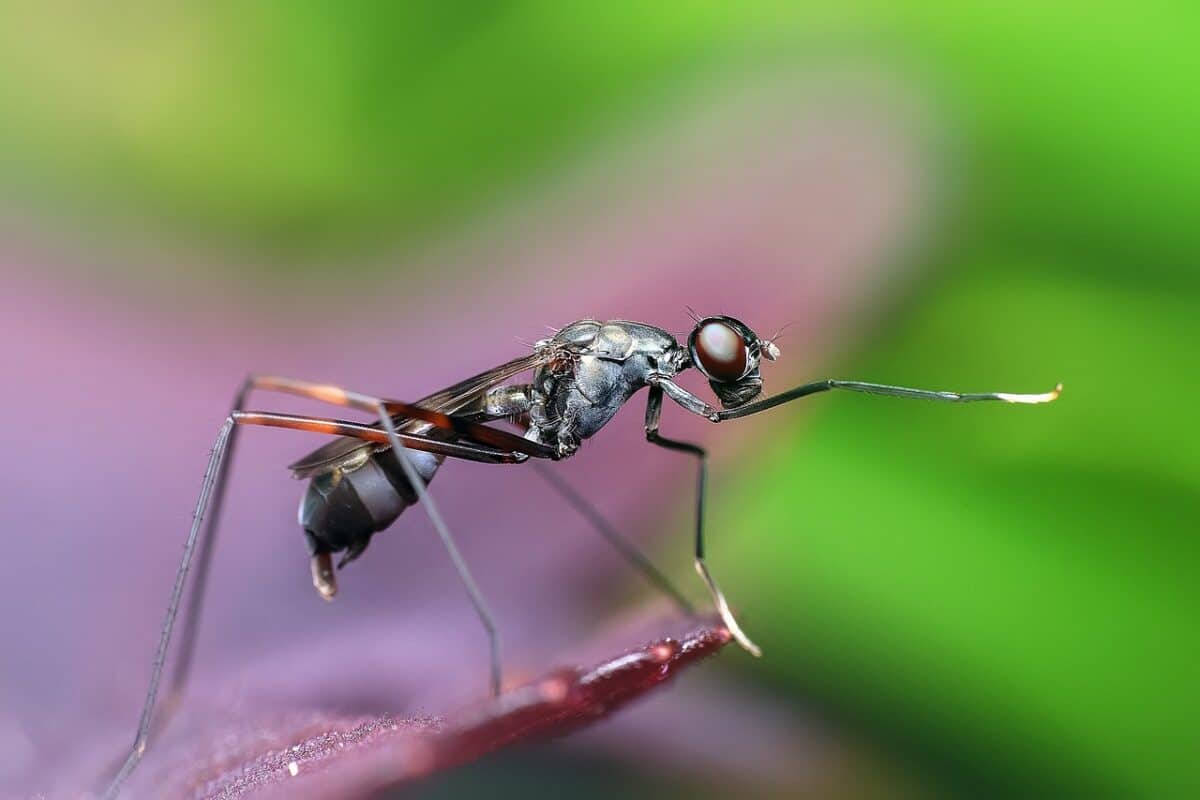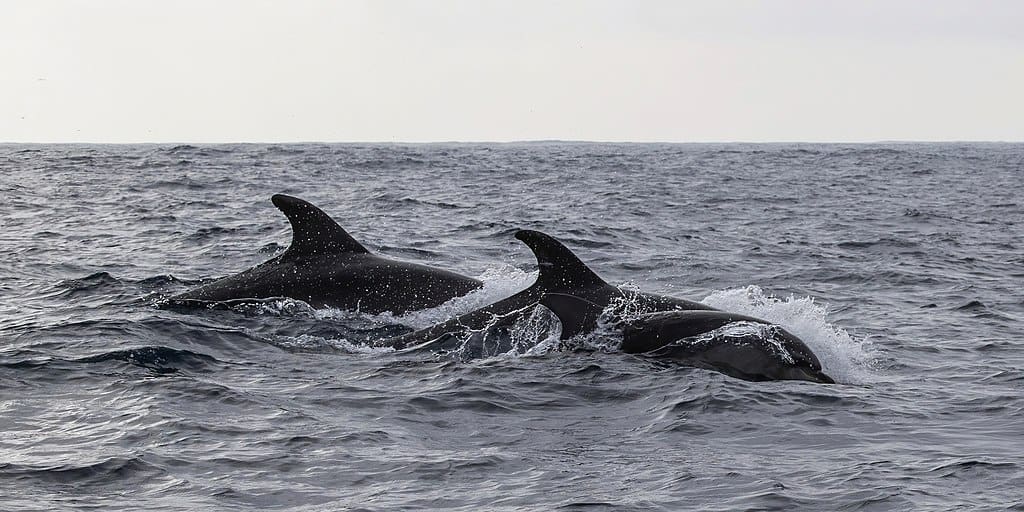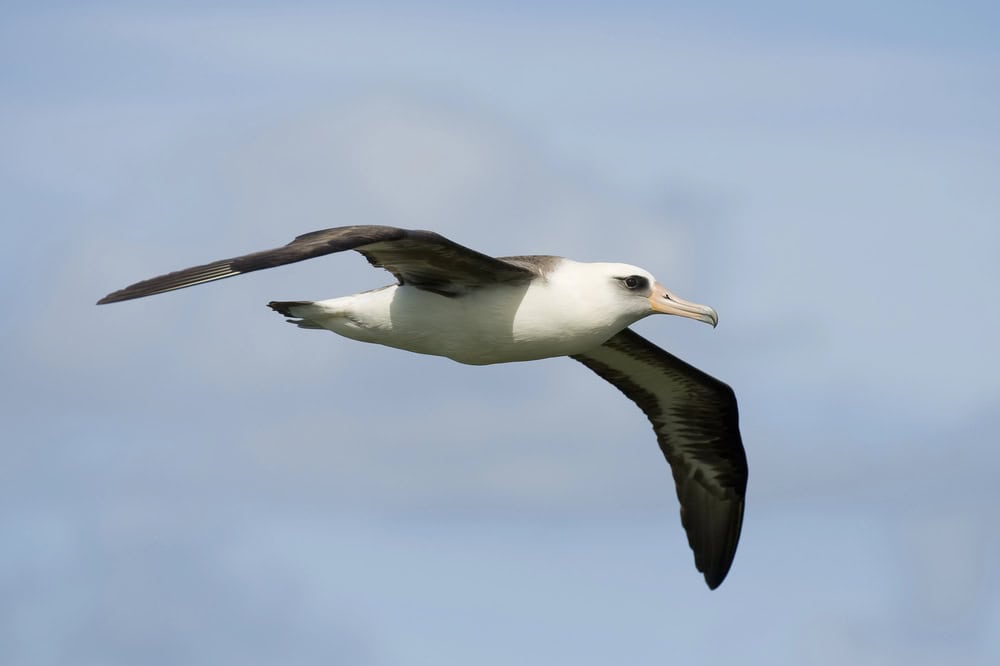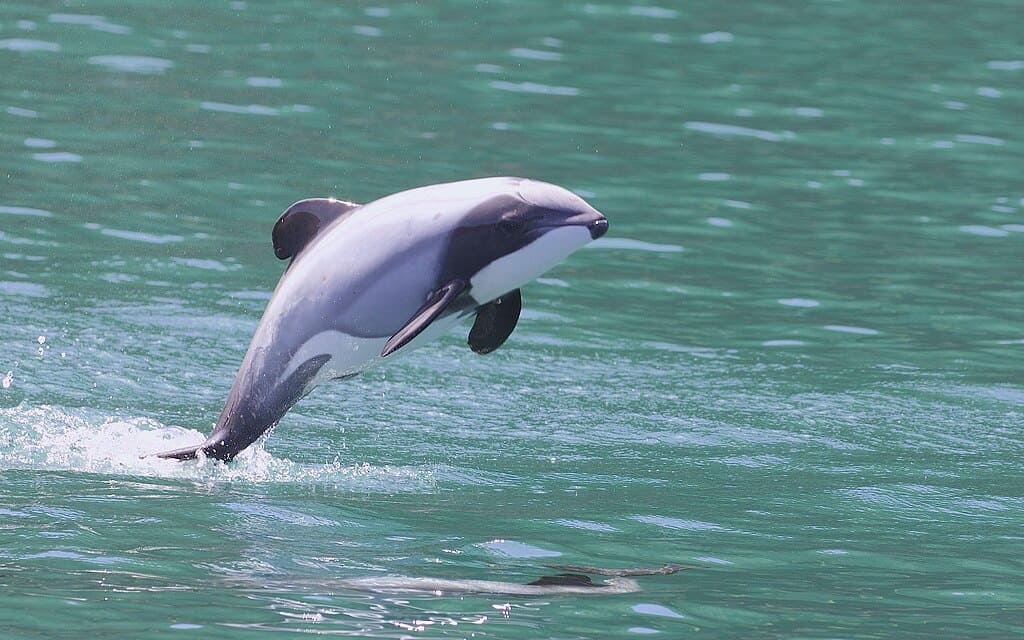In the vast tapestry of the natural world, sleep is a constant thread, woven intricately into the life patterns of countless creatures, including humans. Yet, among this intricate weaving, some animals defy the norm, exhibiting seemingly sleepless behavior. How do they manage without what we deem essential? This article delves into the fascinating realms of ten animals that, in some way or another, forgo conventional sleep and continue to thrive.
Understanding Sleep in the Animal Kingdom

Before diving into the peculiar cases of animals that never sleep, it’s essential to comprehend what sleep entails. In most mammals, sleep involves a state of rest, characterized by altered consciousness and sensory activity. This rest phase helps in energy conservation, repair, and brain function optimization. However, the definition and function of sleep vary across the animal kingdom, challenging our understanding of this universal behavior.
The Sleepless Wonders Myth or Reality?

When discussing animals that never sleep, it’s crucial to differentiate between literal sleeplessness and unconventional sleep patterns. While it’s largely impossible for an animal to forego rest entirely, several species exhibit unique adaptations that allow them to minimize sleep significantly or rest in unconventional ways.
10. Bullfrogs Subtle Signs of Rest

Bullfrogs are often cited as the quintessential example of sleepless animals. While they do experience moments of dormancy, studies have shown these amphibians demonstrate reactions to stimuli, even during periods traditionally classified as rest. This ability to remain alert while in presumed rest stages blurs the line between awake and sleep states.
9. Indefatigable Dolphins

Dolphins are known for their remarkable adaptation that allows one hemisphere of their brain to sleep while the other remains alert. This phenomenon, called unihemispheric slow-wave sleep, enables dolphins to keep swimming, surface for air, and stay aware of potential threats, illustrating a perfect balance between rest and vigilance.
8. The Perpetual Movement of Frigatebirds

Frigatebirds hold the incredible ability to fly for days without land breaks, taking short naps mid-flight. These birds rely on brief micro-naps while gliding through the skies, maximizing their efficient flight and migratory capabilities. This adaptation allows them to remain on the wing, often thousands of miles from land.
7. Sharks Eternal Motion

Many shark species, such as the great white, must keep swimming to ensure water flows over their gills, providing a constant oxygen supply. These sharks do show periods of restful behavior, which suggests a form of rest if not traditional sleep. However, they seem to enter phases of reduced activity while still maintaining the necessary movement to breathe.
6. The Wakeful World of Jellyfish

Jellyfish, devoid of a centralized nervous system and brain, shatter conventional notions of sleep. Though recent studies have shown their version of “sleep” involves a reduced state of activity akin to rest stages when undisturbed. This discovery reveals yet another variation in how “rest” can manifest without a true sleep state.
5. The Continual Crawl of the Asian Elephant

Despite their size, Asian elephants spend less than four hours in a restful state each day, and even this time is primarily lying down only occasionally. These pachyderms continue to roam and graze through their abbreviated nights, ensuring constant food intake to nourish their large bodies while staying ever vigilant against threats.
4. Ants Colony Busywork

In bustling ant colonies, individual ants have been observed to take around 250 micro-naps per day, each lasting just over a minute. This distributed rest pattern allows the colony as a whole to maintain constant activity, enabling seamless operations and defense without a significant downtime for the group.
3. Marine Marvels Wrasses

Parrotfish and certain wrasse species display a fascinating adaptation called “cocooning.” They secrete a mucus cocoon that envelops them, reducing their detectability to predators. Despite this appearing to be a type of protective rest, these fish remain semi-active and responsive throughout the night.
2. The Rest-Less World of Swifts

Common swifts are extraordinary aerial creatures, spending most of their lives aloft. Similar to frigatebirds, swifts engage in unihemispheric sleep, catching quick periods of rest on the wing as they migrate. This capability supports their incredible stamina and prolonged flight periods without the need to land frequently.
1. The Active Life of Migratory Albatross

Like their swift counterparts, albatrosses perfect the art of soaring, conserving energy during extensive flights. These majestic birds utilize the wind and air currents, allowing them brief rest moments without landing. This sleep strategy enhances their migratory efficiency, promoting extended travel times across vast ocean expanses.
Conclusion: Redefining Rest and Survival

Through these fascinating adaptations, the animal world reveals a remarkable spectrum of rest strategies, each tailored to address the diverse needs of different species. From dolphins’ hemisphere sleep to the swift’s aerial naps, these adaptations challenge traditional perceptions of sleep. They emphasize the incredible resilience and ingenuity of life, revealing how survival is woven intricately through various means of rest and rejuvenation across the animal kingdom. Ultimately, these creatures underline nature’s endless capacity for adaptation and survival, showcasing the myriad ways life thrives, even in seemingly sleepless realms.
- 13 Most Aggressive Mammals in the Wild - August 24, 2025
- 10 Behaviors That Keep Eagles Healthy And 3 That Shorten Lifespan - August 24, 2025
- 13 Wildest Animal Migration Journeys - August 24, 2025

